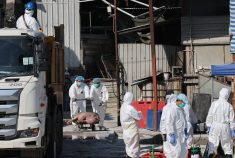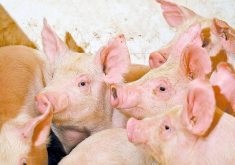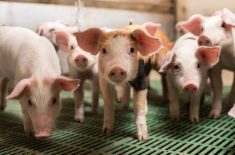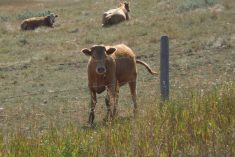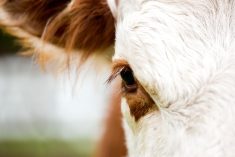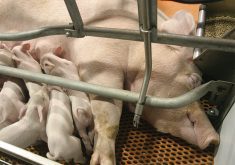When it comes to biosecurity, all the rules, time, and expense are worth it.
And the proof can be seen in the successful effort to keep PEDv (porcine epidemic diarrhea virus) out of Alberta, attendees at the recent Canadian Livestock Transport conference were told.

“Everybody in the chain has done their job to prevent PEDv from spreading to Alberta,” said Dr. Julia Keenliside, veterinary epidemiologist with Alberta Agriculture and Rural Development. “It’s the people at the barn and at the truck wash and at the assembly yard. The whole chain has to work and understand the issue.”
Keenliside outlined the changes in the transportation part of that equation — and it’s been a sea change since porcine epidemic diarrhea reared its ugly head in the United States in 2013.
She is part of the team conducting disease surveillance in Alberta and that involves working closely with the transportation part of the supply chain, something she never did in the past.
The threat of PEDv has made everyone in the pork sector realize that biosecurity is more than just washing hands, changing boots and coveralls, and putting up signs around the yard, she said.
Read Also
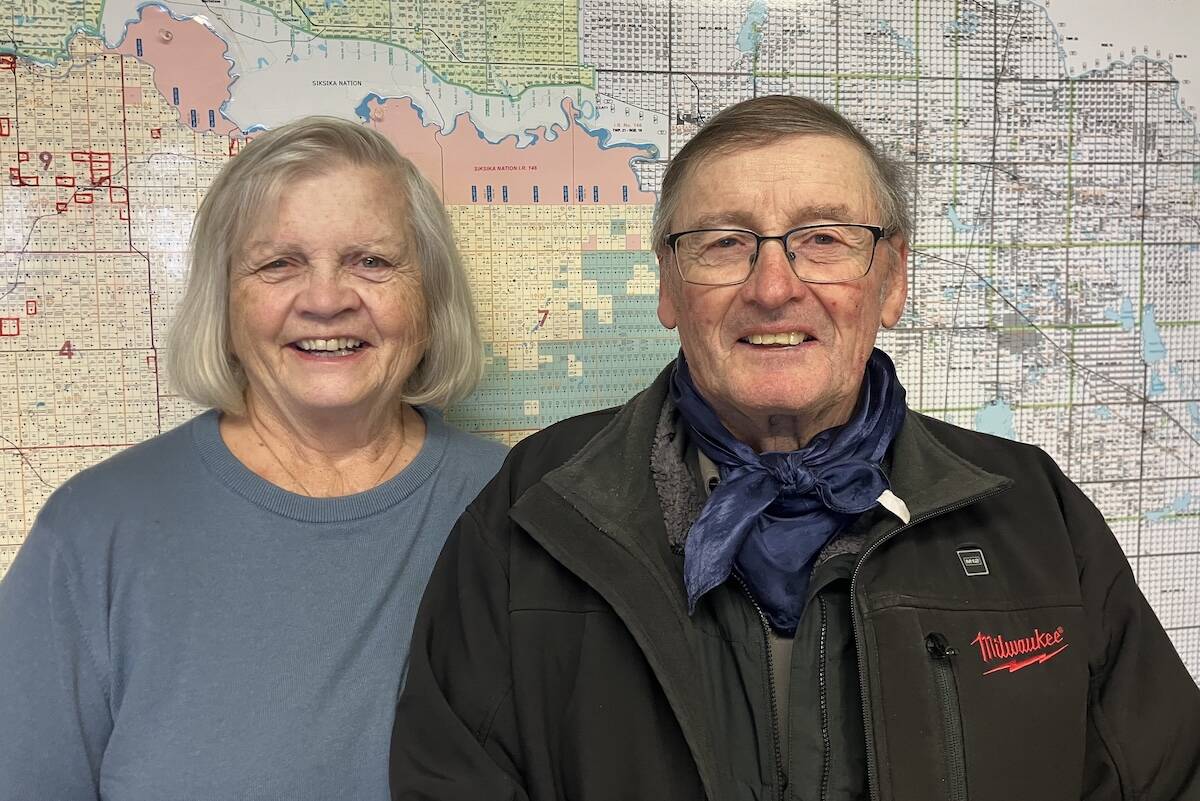
An unbelievable tale of a lost engagement ring
After nearly 50 years, a southern Alberta farmer finds her wedding ring in an unusual place.
“You have to know what disease you’re trying to prevent, in order to know what kind of biosecurity you should put in place,” said Keenliside. “Biosecurity needs to be tailored to the diseases that you are trying to prevent the spread of.”
Massive change
Western Canada has an advantage when it comes to preventing animal disease because farms are far apart, and the dry, cold winters take care of many diseases. However, the latter also presents biosecurity challenges.
“It’s hard to be biosecure in winter and a lot of corners get cut,” said Keenliside. “How do you wash a truck in -40 C? How do you dry a truck in -40 C?”
That’s just one example of the many changes implemented in the sector.
At the farm level, some hog producers have designated certain trailers for bringing animals to slaughter and others for hauling breeding stock and nursery pigs to prevent PEDv from coming to the sow farm. Many others have installed Danish entries (a room where entrants change their outside clothing) in their barns.
Pork boards across the country, including Alberta Pork and Manitoba Pork, launched extensive educational campaigns for producers and truckers. Every driver arriving at any processing plant in Alberta now puts on plastic boot covers before stepping out of the cab. In many cases, they’re not allowed in assembly yards and they also know they can no longer walk around barnyards.
“It’s been a lot of work to enforce this and it’s been a change for many people,” said Keenliside.
Details matter
The learning curve for cleaning, disinfecting, and drying trucks is another example of how complex seemingly everyday acts can become when biosecurity is the top priority. There are many nooks and crannies in trucks that could harbour manure — and hence PEDv. And everyone has had to learn that disinfectants aren’t a silver bullet.
“Disinfectants are only as good as a cleaning job. People have to really improve their cleaning standards,” she said.
Truck washes have also had to make changes. Many have implemented cold-weather wash protocols and added antifreeze to their disinfectants. Drying off equipment and trucks has been another challenge. Many Hutterite colonies have found one of the best solutions for drying equipment is to put it in a heated shed or a shop overnight.
“PEDv does not like heat, and it dies when it is warm,” said Keenliside.
Manitoba, Alberta, and Saskatchewan have also created a truck wash registration program for Western Canada with targeted audits.
“Now we have veterinarians going to truck washes,” she said. “Five or seven years ago, a veterinarian would never go to a truck wash. We’re all working together on the biosecurity of preventing diseases.”
Although planned before the PEDv outbreak, traceability on live hog movement became mandatory last summer. Now every time a pig moves to another farm or to slaughter, it must be reported.
It’s all part of the massive effort to keep PEDv out of Alberta, but the results speak for themselves, said Keenliside.
“We’ve been quite successful.”




